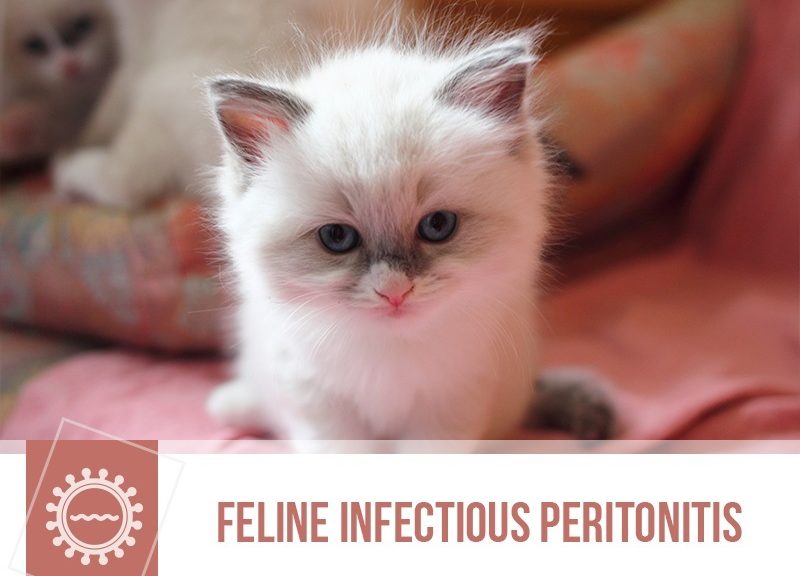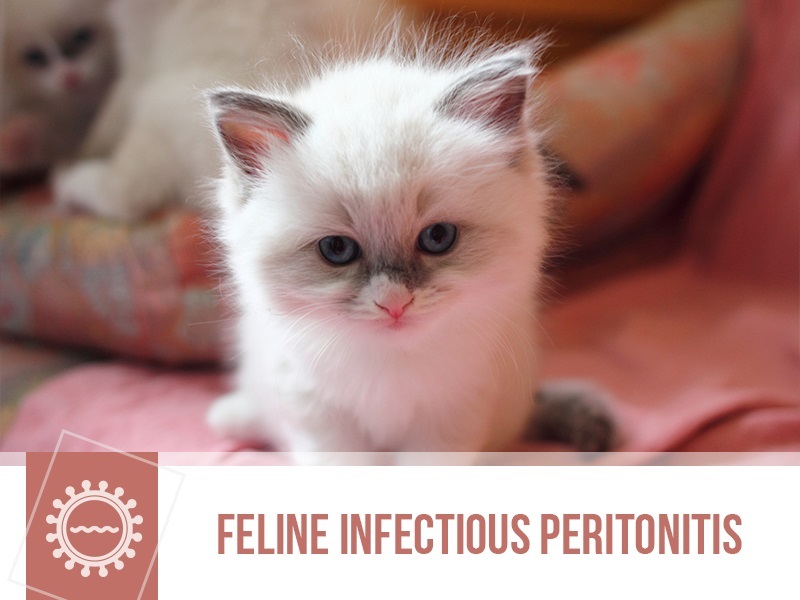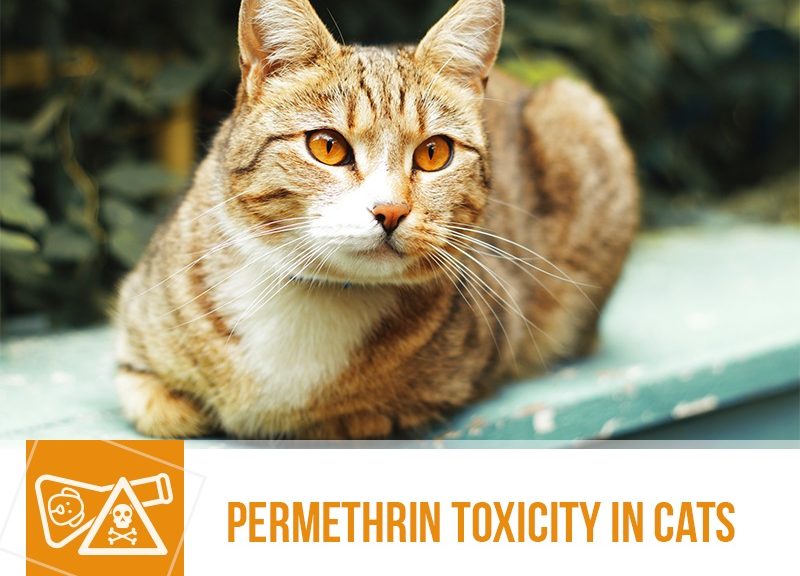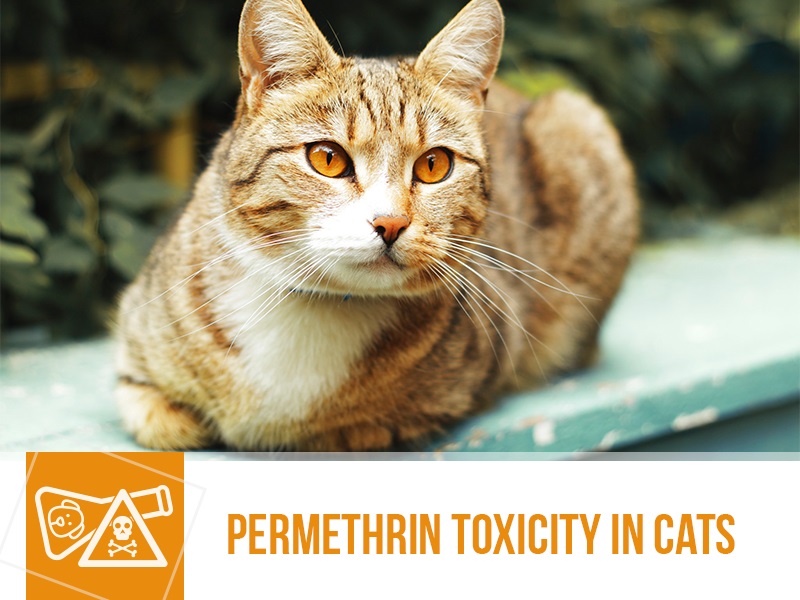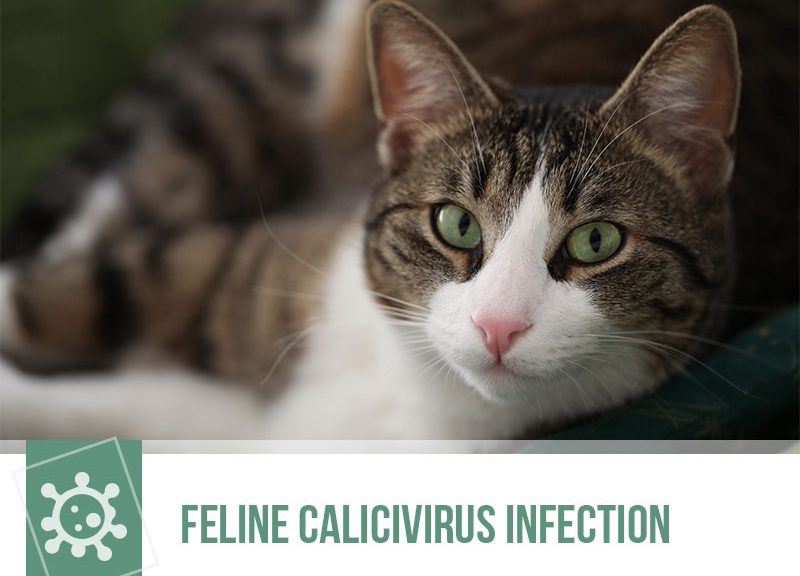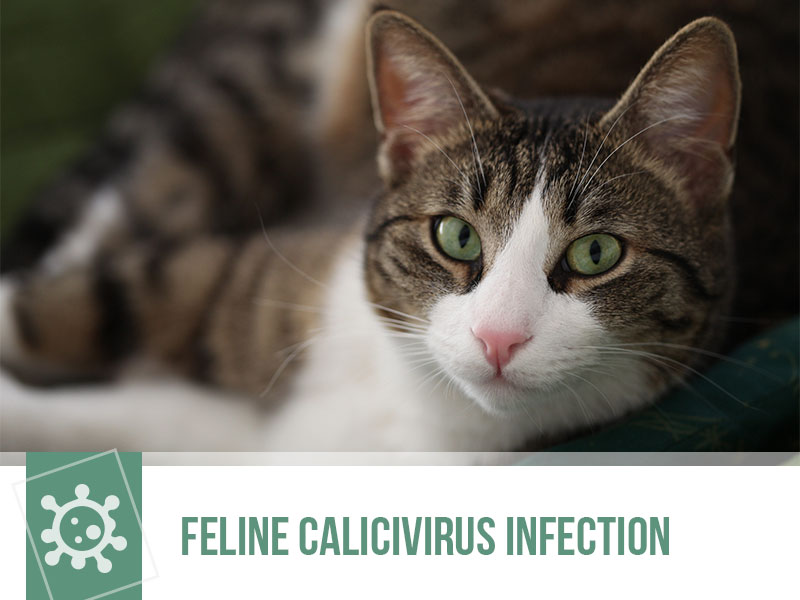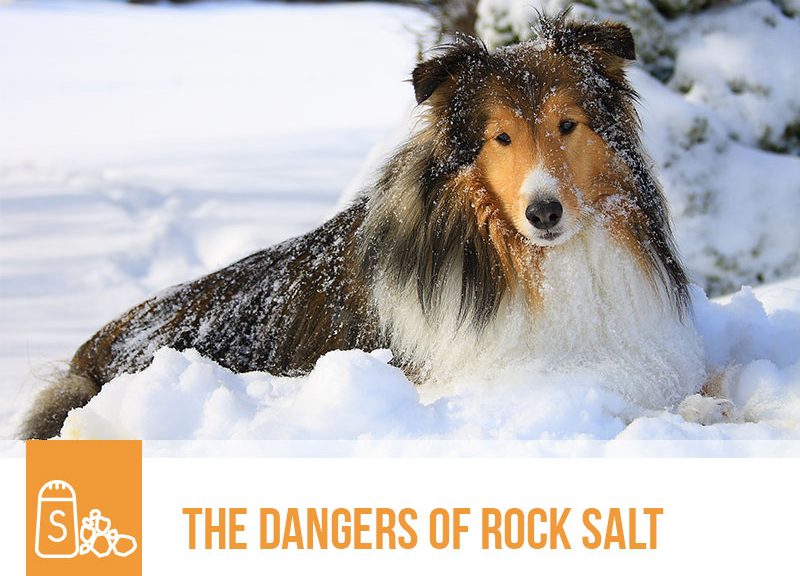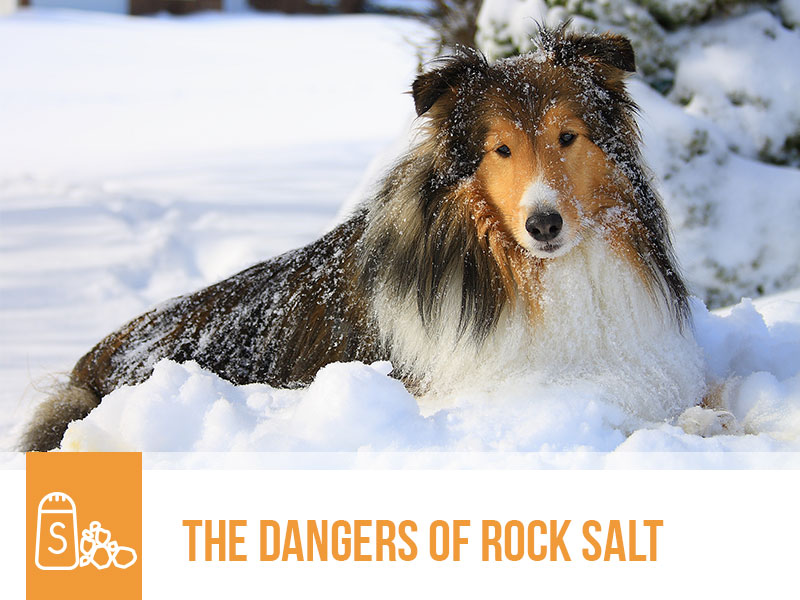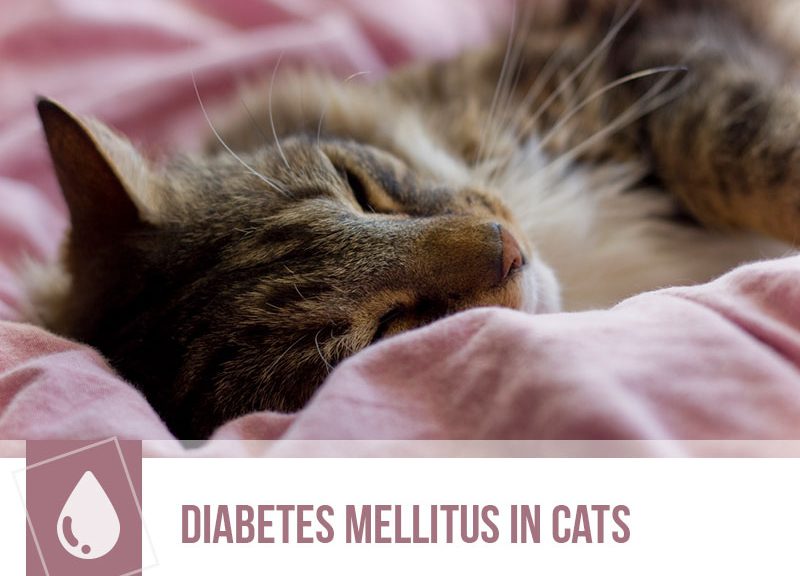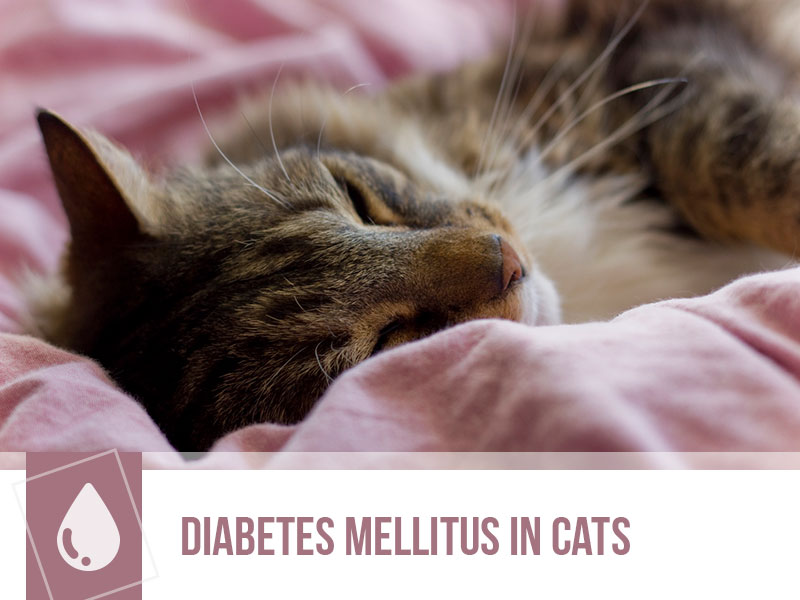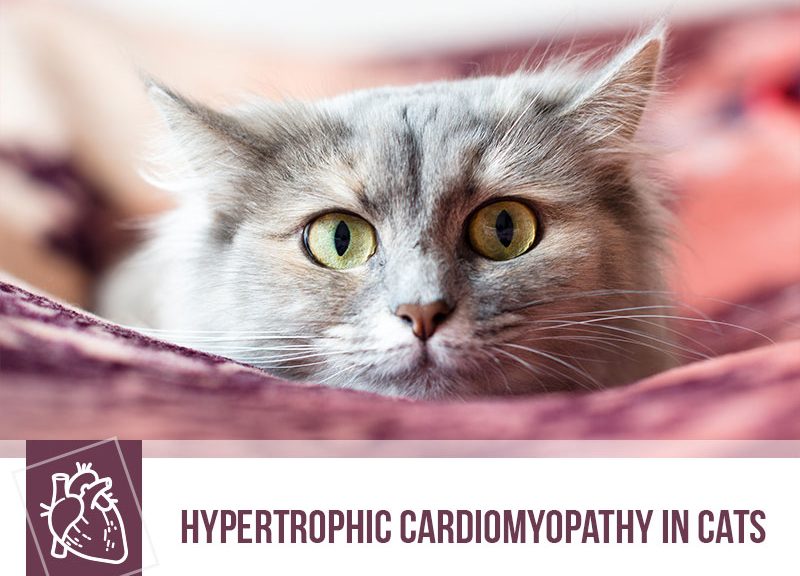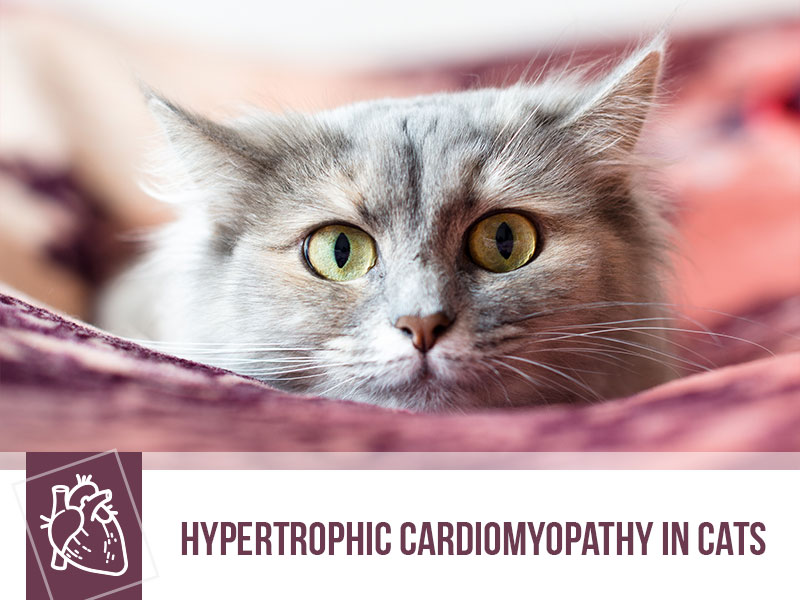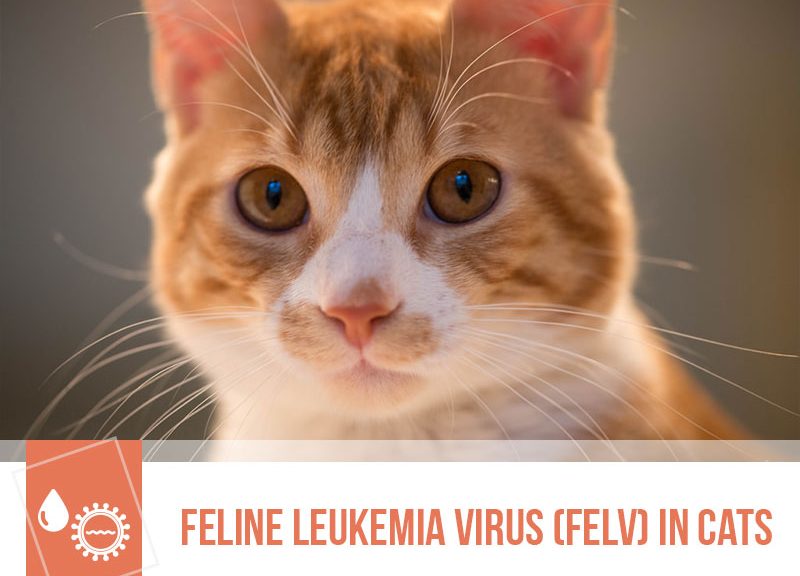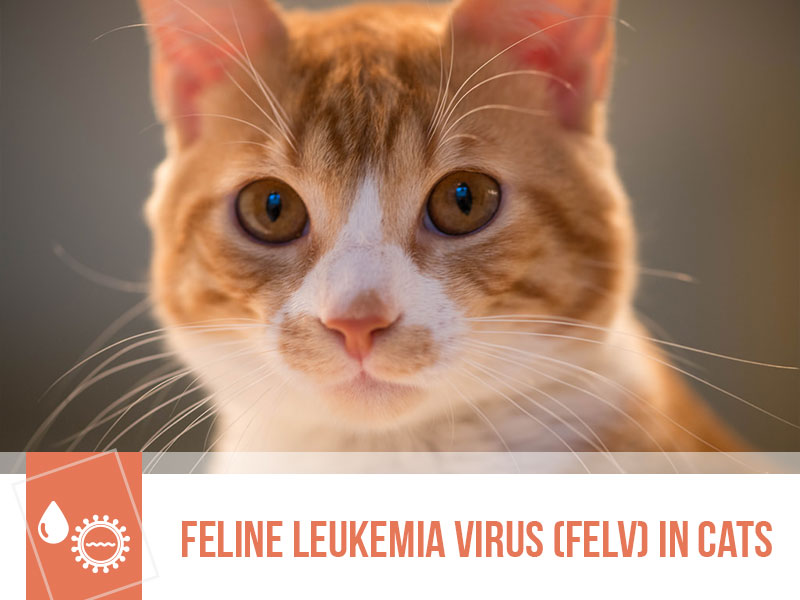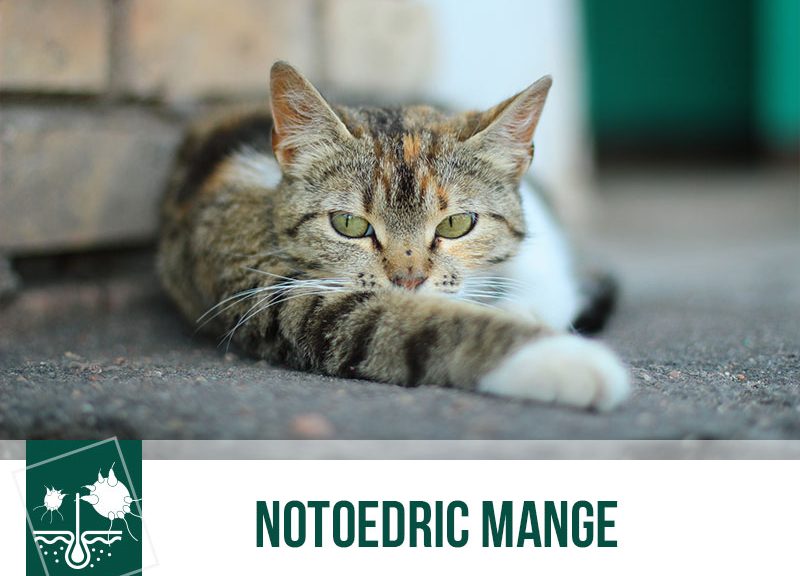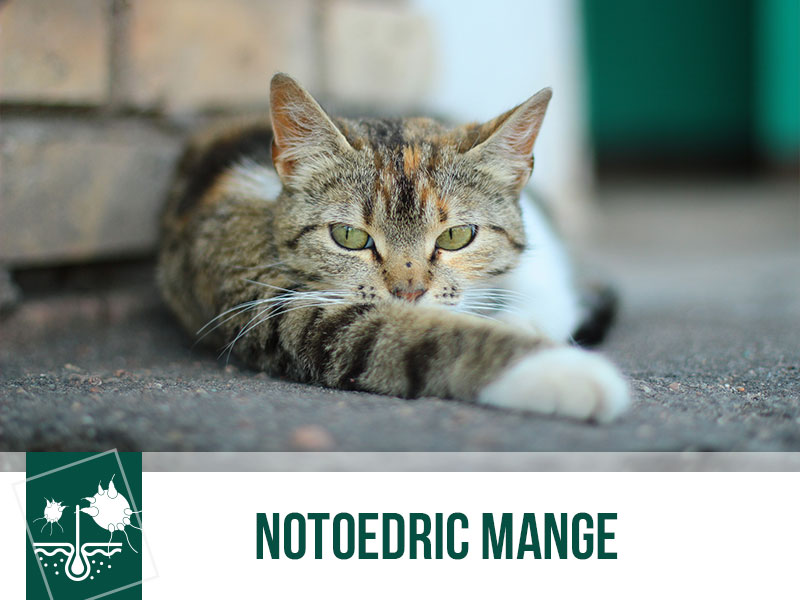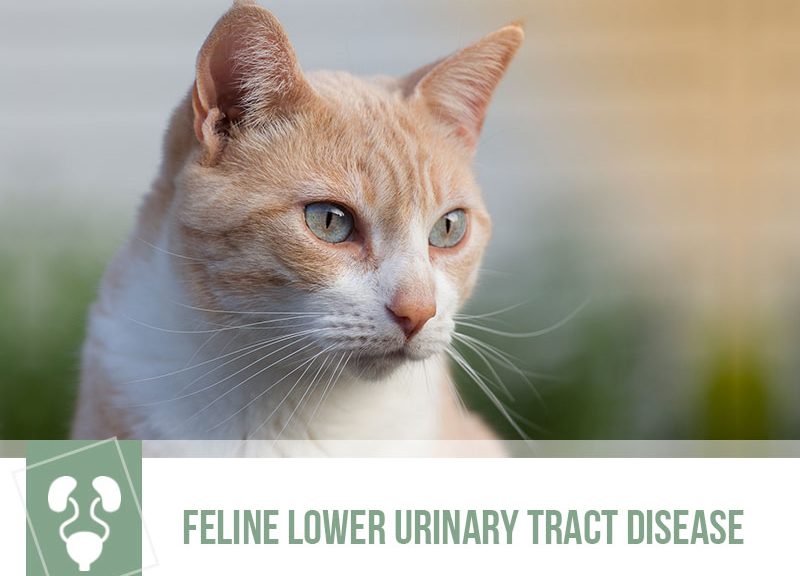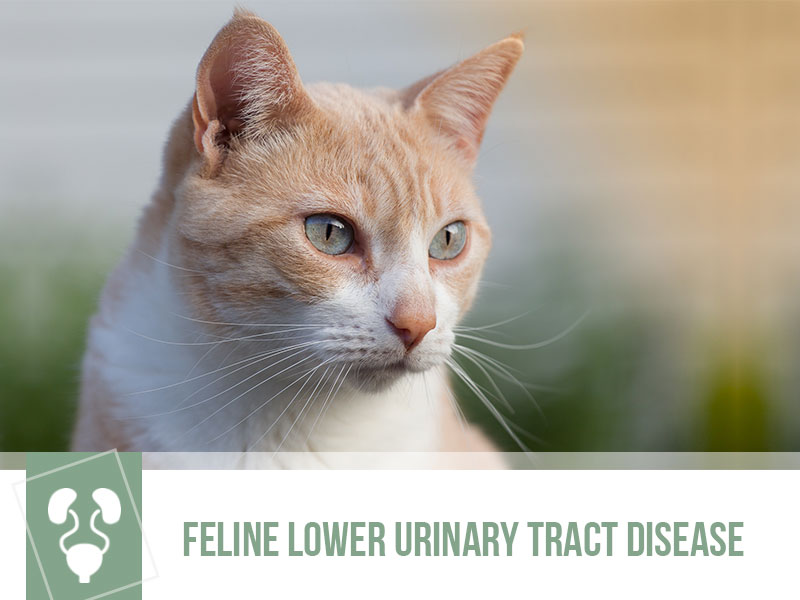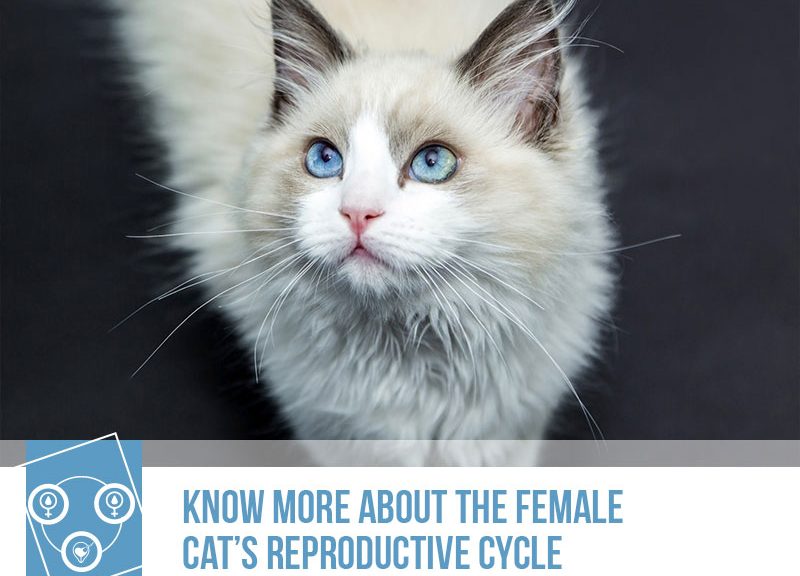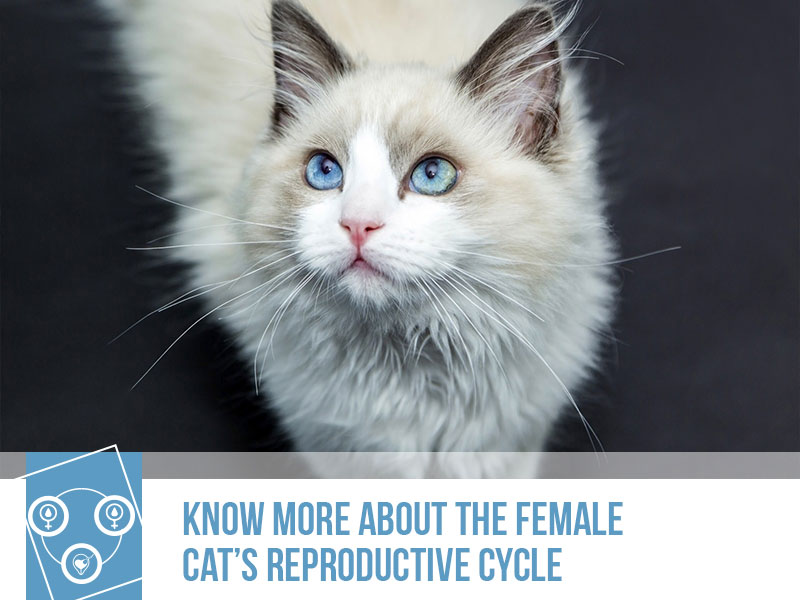Feline infectious peritonitis (FIP) is a well-known yet relatively rare disease in cats caused by a massive immune-mediated response to an infection by the feline coronavirus.
There is a high rate of infection with coronavirus in cats, but only a small percentage of these cats will develop a serious clinical disease. This is due to the fact that there are virulent and non-virulent strains of the coronavirus. However, when this happens nearly all cats will die from this pathology.
This disease has several forms that can be broken down into effusive and non-effusive forms. The effusive form is better known among cat owners and it causes, among many other things, an increase in abdominal width due to fluid build-up while the non-effusive form will target organs like liver, central nervous system, kidney or eye and damage them severely.
With so many systems that might be affected, the clinical signs of a cat with FIP are myriad. Cats may present with diarrhoea, vomiting, weight loss, cloudy eyes or eyes that change colour, transient fever, distended abdomen, depression, among others.
It is more prevalent in young kittens, aged 3 months to 2 years of age and the incidence decreases sharply after 2 years of age. Cats on catteries or multicat places are at more risk than single cat households and FIP is a major problem in breeding catteries. It does not cause infertility or abortions but it does cause stunting in cats. Having kittens of observably different size of the same age and litter is cause for suspicion of coronavirus infections.
Important things to know is to always make sure to bring in coronavirus free cats into catteries and breeding centres, isolate infected cats from other cats and keep an eye on clinical signs in kittens.
It’s a disease that cannot be cured but always bring in your cat to the vets, there are plenty of things that can be done to give them better quality of life.
Would you like to know more about cats? Check our Feline Courses:
